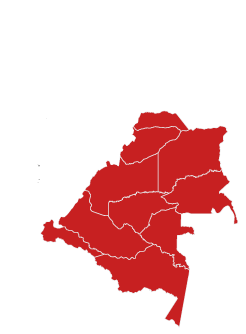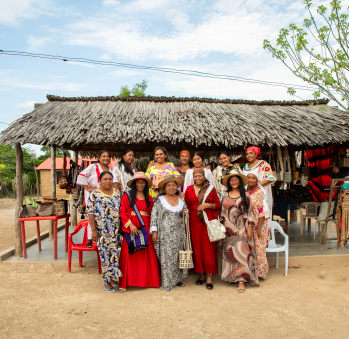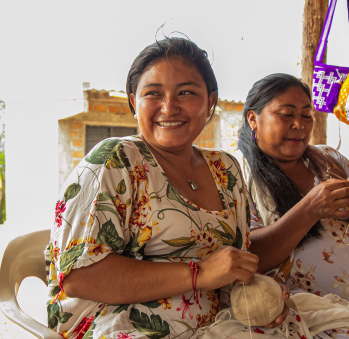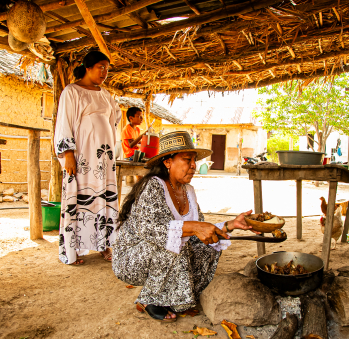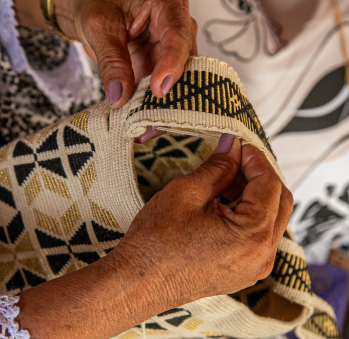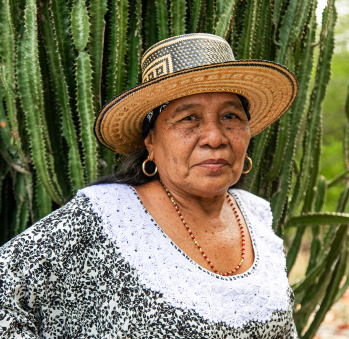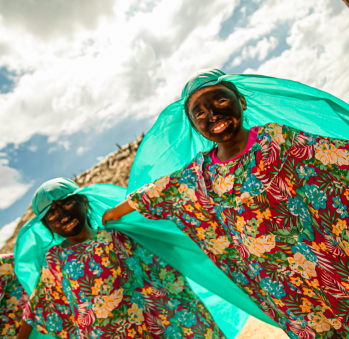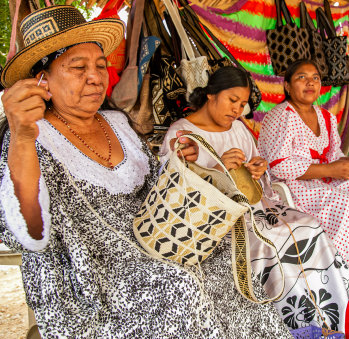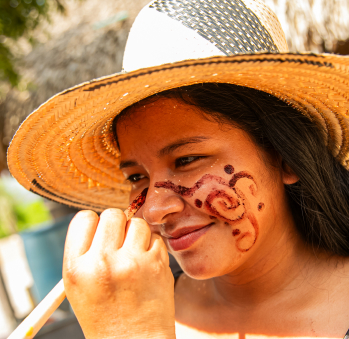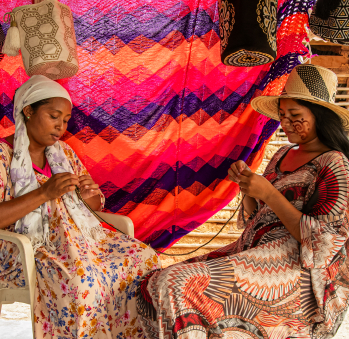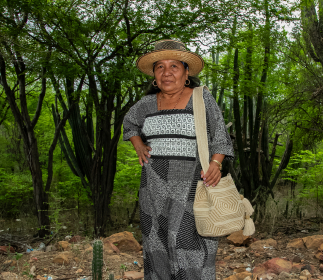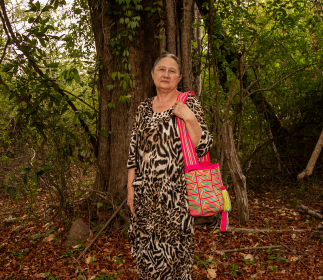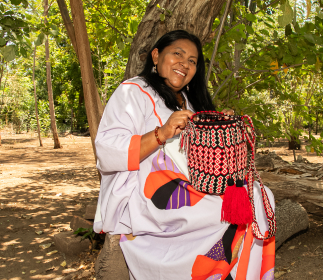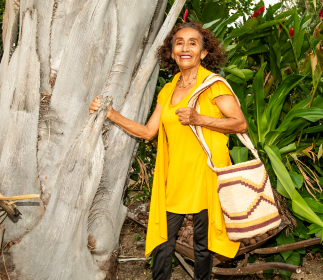Olga Guauriyú
Workshop: Fundación indígena kanasü
Craft: Weaving
Trail: Riohacha - San Juan del Cesar Route
Location: Barrancas, La Guajira
Olga was appointed as the leader of her reserve at the age of 22. As a true inheritor of the art of hammock weaving, her family chose her to represent them, and she, smiling, was confident that her conciliatory nature would allow her to assume the role within her community. The second of six siblings, she was the only one who enjoyed working for others and the art of negotiation that comes with being an authority figure. Today, after so many years in this role, in the middle of her sixties, she feels she has laid a solid foundation and is now reaping its rewards.
And although working with others and for others has been her life, one in which she has mediated conflicts between families, presenting the arguments of both sides to try to reach a consensus through dialogue, there is something she feels deeply connected to: nature. This is consistent with the way she has chosen to live. Respect and love for animals define her ethics. And so, she describes her world through the little animals that have surrounded her all her life. She grants them a place within the family and honors them as those who, in Wayuu cosmogony, have helped them tell their stories through weaving. Starting with the weaving spider, Wale’keru, who taught women how to weave. But there are also the turtles, whose beautiful shells we see reflected in the symbols woven by the Wayuu. Their slow pace marks the rhythm of the needle, helping us understand that patience and awareness of time are virtues that help us live. Likewise, there are the flies that, with their multi-perspective eyes, broaden the view. The weavers capture this in the geometry of their bags. She lists her Noah’s ark, including the cuaquero, a little mountain deer, the peccary or wild boar, the beloved little dogs, and the donkey, to whom, she tells us, homage is paid when it dies for all the work it has done, for having carried water to quench their thirst, food to satisfy their hunger, for transporting them and their goods, without grumbling or complaining, just walking, loyal. The donkey’s footprints imprinted under the bushes are also patterns that are discovered in the bags.
Olga teaches, both by speaking and doing. Over the years, she has trained artisans and formed associations and foundations, with the aim of improving the quality of life of her community. She has forged alliances with the Cerrejón coal mine, taking Wayuu knowledge there so that they are respected as a culture. However, years of weaving have robbed her of some of her visual capacity, so although she continues to weave because a Wayuu woman never wants to stop, today she is more dedicated to management than to craftsmanship, leading processes, ensuring that the backpack lids are tightly closed, that the threads never run out, and understanding market needs, as well as always seeking innovation with the 22 women in her family she works with. Her metallic thread backpacks seek to stand out, and we can already see them at every fair in the country. Today, she hopes that her two daughters, whom she says weave beautifully, will be her successors.
Craft
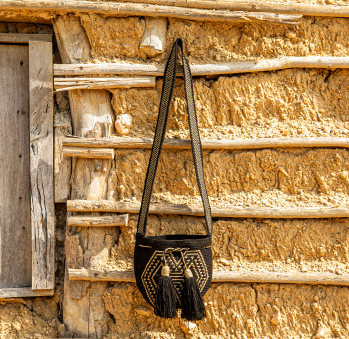
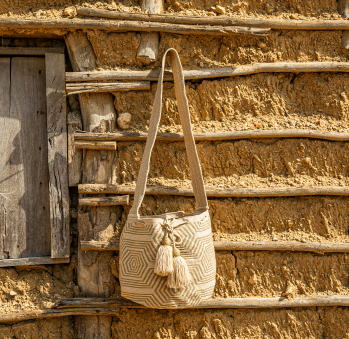
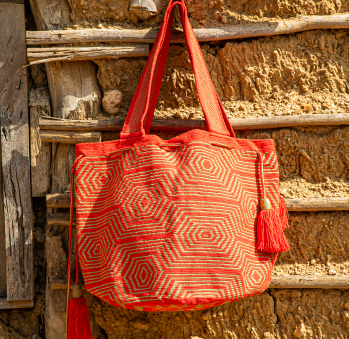
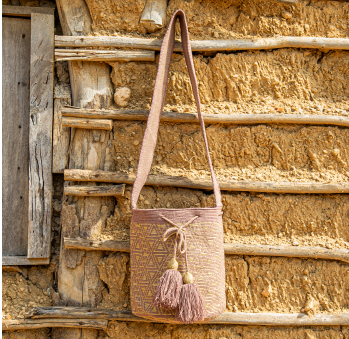
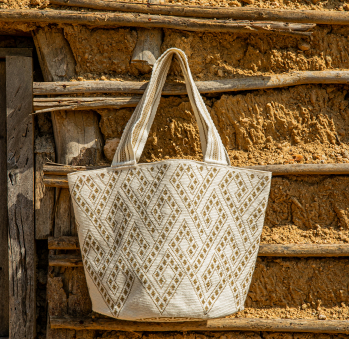
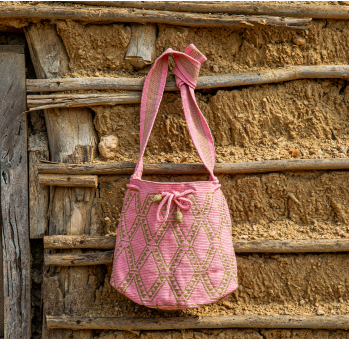
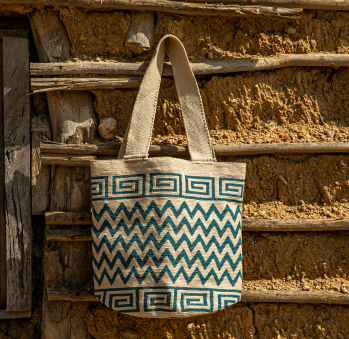
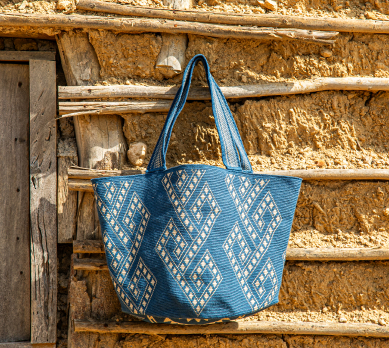








Artisans along the way
Artisans along the way
No puede copiar contenido de esta página

